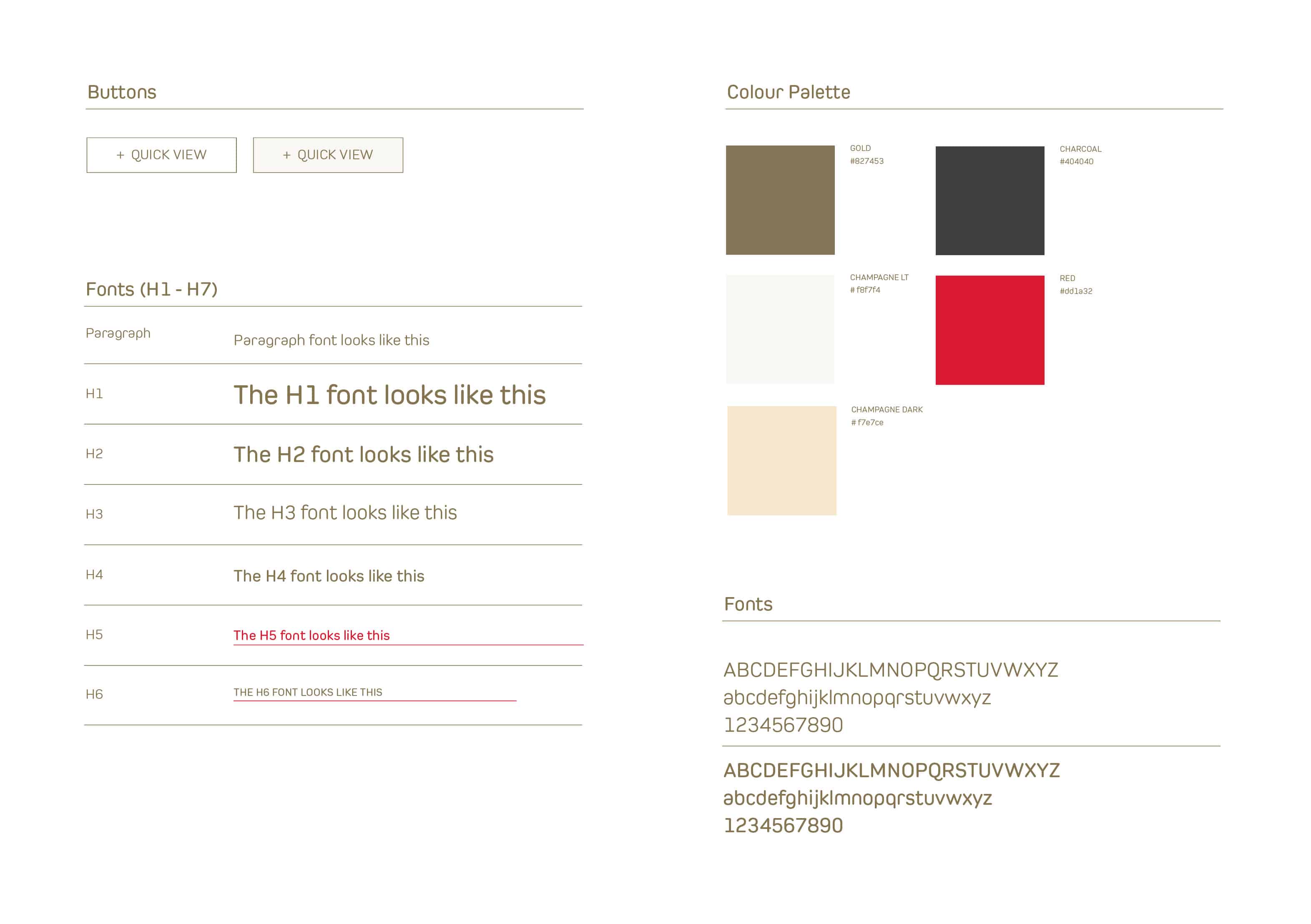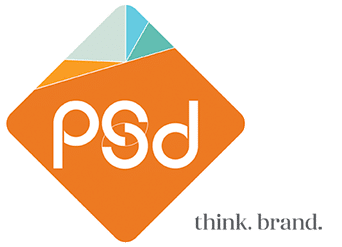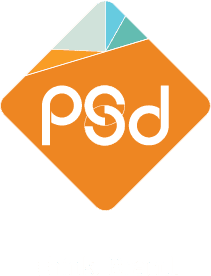
WEBSITE DESIGN CENTRAL COAST & SYDNEY
What makes a great website and the steps to ensure you are creating an investment for your brand.
The 6 musts for a great website.
Websites are a critical marketing tool for any business. Most of our clients place the importance of a website as the most vital marketing tool after a logo and stationery. So it is essential to get it right from the start.
So, what makes a great website?
This question is heavily loaded and can be looked at in a variety of ways such as user-friendliness, visual appeal, searchability, or how it engages audiences. It should be a ‘must’ in today’s online environment that a website will work on both desktops as well as it does on mobile devices.
For us, the foremost aspect of what makes a good website design is through the value it provides our clients’ business. Below we have outlined the 6 key fundamentals to consider to get your website creating value outcomes for your needs. These are;
- Function – What is the primary goal of your website
- Platform – Choosing the right platform
- Navigation – Creating an easy-to-use navigation
- Branding – Defining a style
- Content – creating words with meaning
- SEO – Optimising for search engines
1. What is the primary goal of your website?
A websites function is an important aspect to think about when designing a website. Why are we building a website? What do we want the website to do? What do our customers want from a website?
If you are selling products online, the primary function is simple… to sell more products. All aspects of the website from the menu navigation to the products that appear on the home page should be considered. And, every decision made when designing the website should be focused on how we can best serve this function.
A website’s primary function will also mean specific functionality is required too. For example, If you are selling products online, then you will need payment and shipping systems that will connect with existing administration software. Other options may include re-marketing, a members login area or a Facebook feed.
Regardless of the type of products or services you offer it is important to understand the main function of your website before the design process starts. And, through every aspect of the website, ask yourself – will this achieve my websites main function more effectively?
2. Choosing a platform
Choosing which platform to use to build your website with can have lasting effects, both good and bad. There are many different website platforms available in the market today such as Joomla, Wix, and WordPress as well as an array of website themes available to purchase. Choosing the platform that will fit your needs is critical to the success of your website design today and in the future.
When choosing a website platform, there are many things to consider;
- Functionality – The platform will need to be able to handle the functionality requirements for your website.
- Ownership – Understand who owns the website. Can you move the website? Are you paying monthly fees to use the website platform? And, can you edit and amend ALL the content within your website?
- Security – With websites being attacked by online hackers it is important to ensure your data and information is safe and secure
- Maintenance – Like a car a website will need ongoing website maintenance as new technology, and new security issues come to light. And, backups and a general health check will need to be performed regularly.
- SEO – Choose a website platform that is recognised to take full advantage of search engine optimisation techniques.
There are a host of other things to consider when choosing the right platform for your website too, however the ones outlined above will put you in good stead for the future.
3. Creating an easy-to-use navigation
A navigation and menu system is at the heart of any website. Creating navigation that is as easy-to-use for website visitors to find what they are looking for quickly is key to successful website design. If users have to overthink or can’t find what they are looking for, this will often lead to a customer leaving the site.
Spend time understanding your website designs navigation systems, keeping in mind your websites function and the people who will be using it. This will help create a good user experience for your website enabling your customers to find, consume and engage with your products and services fast.
A great starting point is to sketch out a site-map to understand the navigational pages and required functionality. Conceptualising the navigation of your website will provide clarity around what information, links, and other content are needed. And remember to keep it simple and uncluttered.
4. Defining a style
Think of your website as the same as walking into a shop or office. Is it clean and tidy? Is the receptionist or store manager dressed and presented nicely? What experience did you have? An excellent first impression is everything. And, a website design is no different.
Firstly, It is important to ensure the look and feel of your website is consistent with other offline and online marketing. The connection reassures visitors they are in the right place. This can be achieved by simply using fonts, colours and imagery to define your website’s style, look and feel.
Secondly, by understanding your websites function and the audience that will be visiting your website will guide the websites personality and how you will use visual treatments and content to engage with them. For example, a high-quality premium brand would be better served with a simple uncomplicated and aesthetically beautiful website design.
Handy Tip: A style guide can be created to help with implementing the website design. A website style guide is a collection of pre-defined elements, graphical treatments, and rules used to ensure brand consistency. This can be extremely important when creating an extensive website where a variety of people will be contributing to its design and development.

5. Crafting content
With so much content available online through the world wide web, it is important to keep messages clear and straight to the point for your visitors. If you can say something in 20 words rather than 100, then do it.
Short and simple messages help a visitor understand and consume key messages quickly. Understanding your audience is key to writing content for your website too. Crafting content with personality will help engage your audience.
Think of your website content a persona. The persona of your audience. How do they speak? Is it understated, or youthful and trendy? Finding the right tone and voice will create a connection with your audience in a much more meaningful way.
Search engines love content too. Writing articles and ensuring focus keywords are prominent through each page of your website is good practice to give your website good visibility to search engines.
6. Optimising for search engines
It is always best practice to design a website will with search engine optimisation in mind from the get-go. There are many things to consider when creating a website with search engines like Google in mind. The search engine optimisation landscape is forever changing though there are some simple things that can be considered at the start of any website design.
- Keywords – Understanding the most searched key phrases within your industry
- Competitor Analysis – understanding your competitors and what keywords they are being found for
- Fast to load – designing websites that are fast and responsive to different screen sizes.
- Heading Tags – Implementing the correct H1 – H6 tags throughout your website
- Google Analytics – Implementing Google Analytics code to help track your websites performance
keyword rich and optimised websites for the main search engines is paramount to getting your website seen by more of your target audience – more regularly.
How we can help?
PSD Brand Design are experienced website designers. If you would like to chat more or have a project in mind you would like to discuss feel free to email us or give our team a call. We are always open to help. There is no obligation and may help you on your road to finding the right online experience for your customers.
Email: [email protected]
Phone: 02 8060 6105
GET IN CONTACT WITH US.

PSD Brand Design
Tel. 0410 524 094
[email protected]
OPENING HOURS
Monday - Friday 9am - 5pm
Saturday & Sunday closed
GET SOCIAL WITH US.
